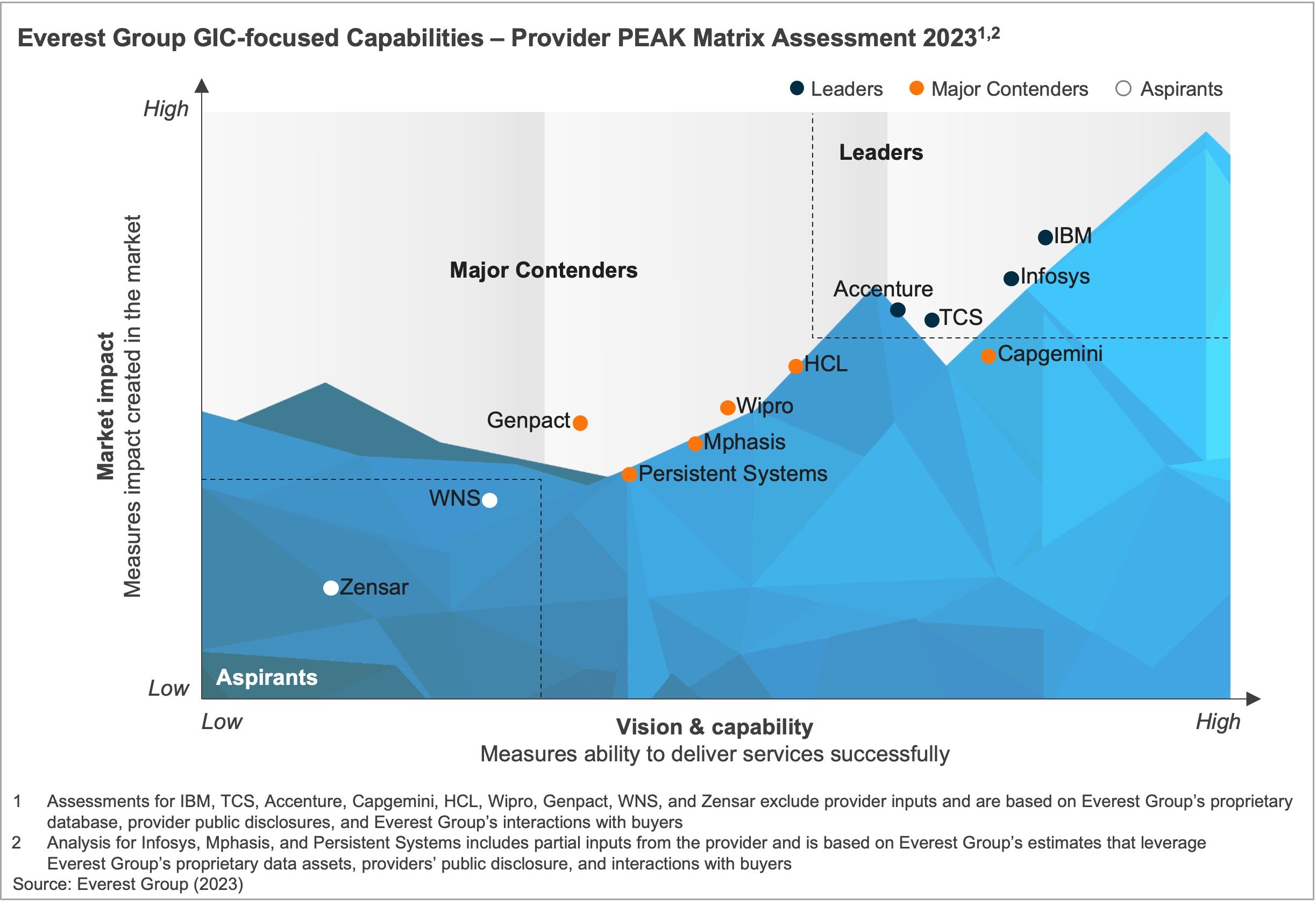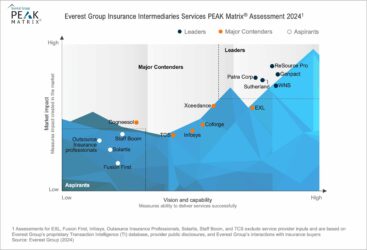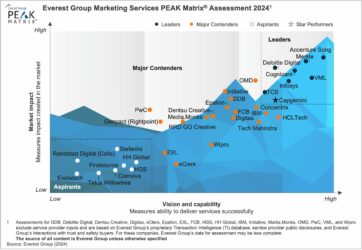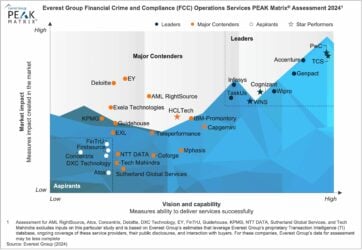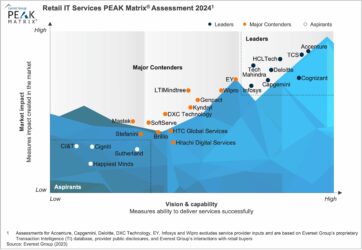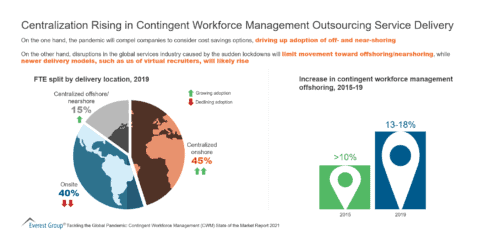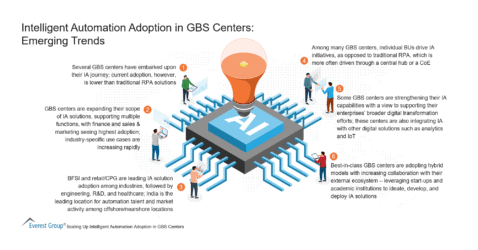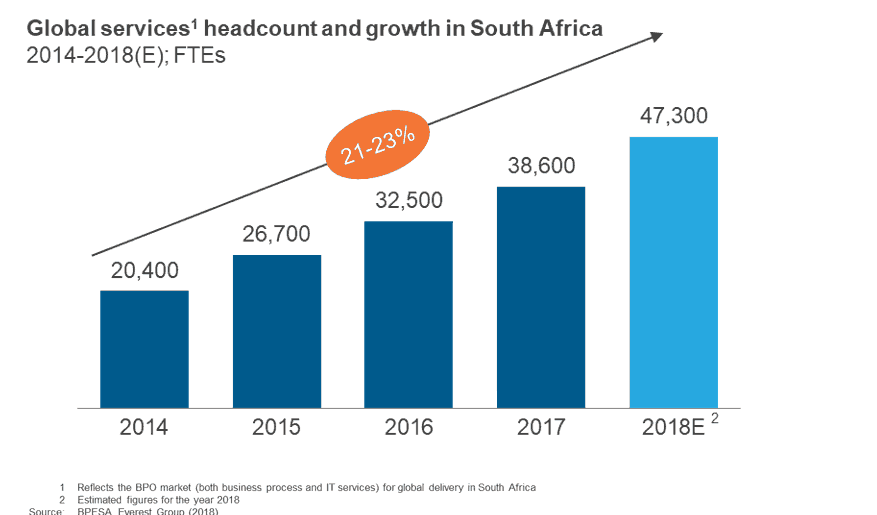The entire world responded to the sudden arrival of the pandemic in early 2020 by setting up mandates and reflex policies to keep people from gathering and exacerbating the virus. To keep the IT BPO industry running seamlessly, government guidelines for on-site working were relaxed worldwide so employees could work from home. After few initial hiccups, almost all the major global service delivery geographies e.g., India, Philippines, Poland etc. quickly adapted to the remote working delivery model, ably fulfilled services, and resolutely maintained service quality levels.
As we return to post-pandemic norms, how are organizations, and employees, reacting to having to go back to the office?
Restoring pre-pandemic economic activity
With two years of the pandemic under our belts, governments are preparing for workers to head back to the office. The rationale provided by the governments is that getting workers out of their houses and back into the office, especially in larger cities, will help support local businesses and boost the economy as more workers visit restaurants and shops while they’re out in the towns and cities. However, most countries are finding that workers prefer a hybrid work model, enabling the benefit of getting people back into the bustling life of the city while also supporting those who need to work from home. In most countries the remote working experiment of the last two years has also led to the exponential growth of digital businesses models such as e-commerce, digital content, gaming, delivery services, online education, and others, which have as much of a multiplier effect on the economy as the traditional physical shopping centers and stores.
Organizations have taken very individual paths when it comes to workplace models in response to the ebb and flow of the pandemic. Some are choosing to stay in a WFH environment, others will be heading back to the office, and some are taking a middle ground approach by offering a hybrid model of each scenario. For example, Google has recently asked its employees to head back to the office this month (April), opting for a hybrid working model of three office days a week.
Regions are currently working with government leaders to determine next steps
There is a lack of clarity in government regulations in most countries on next steps and long-term acceptance of remote or hybrid working. In major global service delivery countries such as India, Philippines, Colombia, etc., the current set of monetary incentives for the IT BPO industry are tied to a physical space, or an office, in a specially designated area (e.g., SEZ in India, PEZA in the Philippines). While the employers have been granted special pandemic-related exceptions for availing these incentives even while working remotely, these exceptions are not long-term and are due to expire in the coming months in most countries. In the absence of permanent policies to support remote work, the industry will be susceptible to uncertainty and pressure of upcoming deadlines on the current exceptions.
For example, in the Philippines, the temporary relaxation for allowing tax incentives while remote working will expire on March 31, 2022. The IT BPO companies were asked to have employees back in the office from April 1, 2022, to qualify for the fiscal incentives once again. This sudden and major change led to many a sleepless night for industry executives. The industry was able to leverage a legal exception in cases of a “national state of calamity,” which allows for employees to work in the office 70% of the time and remain remote 30% without losing incentives. With this exception in place, most of the Philippines’ based IT BPO companies will be able to continue their hybrid workforce models till September 12, 2022.
In India currently, the IT BPO sector is working with the government to ensure that some form of hybrid work is drafted into the new legislation that will replace the Special Economic Zones (SEZ) Act, which is currently being rewritten to revive activities in SEZ areas. Similarly, key service delivery countries in the Latin American region are facing uncertainties with regard to government policies.
The need of the hour is clear for effective policies that allow remote or hybrid workforce models and decouple monetary incentives from the physical office location requirements. Knowing now what to expect in the coming months, whether employees are expected to work in the office or are able to move to a hybrid work environment, will help them better prepare.
How could back-to-office mandates affect the IT BPO industry?
Companies that rely on the global delivery models for technology and business process services should not make any changes right away but should consider a continuity plan and keep a close eye on how events play out. One possible risk to keep in mind is the chance that attrition rises as employees adjust to the new working circumstances if they are asked to return to the office.
Enterprises should also consider the possible ways the industry could be affected without a WFH element for IT BPO employees, not only to protect the population from the ongoing pandemic but when other emergencies come along, such as geo-political disturbances, natural disasters, etc.
A Reimagining of working models could be in order
The return to work dilemma begs the question of whether it’s time to rethink laws and policies, most of which were developed years ago at a time when working outside of the office wasn’t even considered a possibility. We may start to see policies changing globally as countries allow more opportunities for employees to work in a hybrid work fashion if they choose. Countries that fall behind in adapting to new workforce models will risk losing business to countries that make it attractive to employers.
Incorporating the possibility of a permanent WFH or hybrid workplace model in many regions would require a reimagining of policies and tax breaks so that business doesn’t become more expensive for companies and to support employees who need to continue working from home. The opportunity could bring even more success to the industry. The IT BPO industry, with 14% revenue growth in 2021, was one of the fastest growing industries and contributed to millions of new jobs. Many firms around the globe will likely continue to have employees work remotely or in hybrid models as productivity, customer satisfaction, and new business continue to stay the same or improve.
For more information or recommendations on the status of service delivery in the IT BPO industry, reach out to Prashray Kala, or contact us directly.
Learn about how to create an experience-centric workplace in our webinar, Top Strategies for Creating an Employee-focused Digital Workplace.






